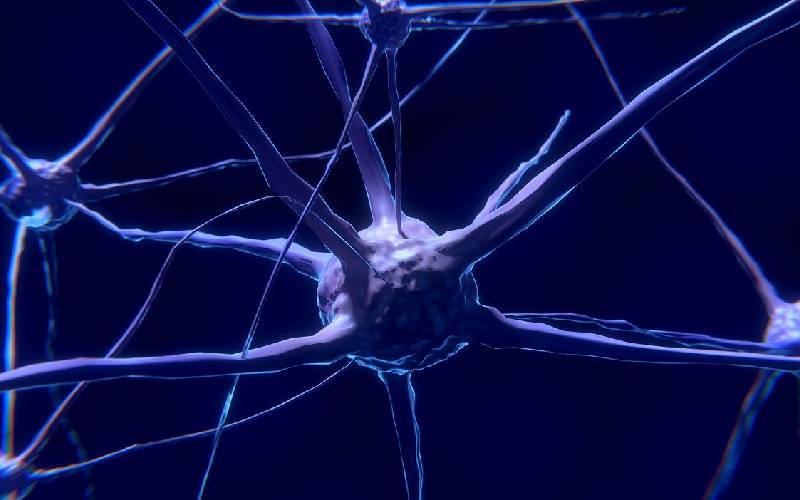Neurodegenerative diseases—an umbrella term for a range of conditions affecting the neurons in the human brain—impact millions of people worldwide. The most common of these diseases are Alzheimer’s and Parkinson’s, with Alzheimer’s and its related dementias affecting more than 7 million people in Europe alone. In order to find out exactly what happens in the brains of people suffering from these incurable and debilitating conditions, researchers working on the EU-funded RobustSynapses project decided to focus on the brain’s synapses. “The RobustSynapses project addressed one of the largest unmet medical needs—the fact that there are no cures for any of these major neurodegenerative conditions,” explained Prof. Dr Patrik Verstreken of the VIB-KU Leuven Center for Brain & Disease Research, Belgium, in a news item posted on the ‘Innovation Origins’ platform. “To meet this challenge, we wanted to zoom in on what is happening at the earliest stages of these diseases,” stated Prof. Dr Verstreken, who is the project’s principal investigator.
Synapses are the first to go
Synapses are small junctions in the brain that allow electrical signals to pass from one neuron to another. They connect neurons in the brain with neurons in the body and therefore play a crucial role in thought processes, memory formation and movement. It is also often these same synapses that are the first to be affected by the onset of neurodegenerative disease.
The research team began by studying the synapses of fruit flies using novel genome editing methods. “What we found from this was that there are specific mechanisms at the synapse that are needed to remove dysfunctional debris,” Prof. Dr Verstreken continued. “If this does not happen, the synapses fail and cause problems.”
These findings were then applied in vitro to human neurons generated from patients’ skin cells. Both the fruit fly and human tests showed that problems at synapses were caused by a process called synapse-specific autophagy. Prof. Dr Verstreken believes this finding could lead to “new possibilities for therapeutic targets,” the news item reported. “One of our most exciting innovations was that we were able to develop tools that interfere with the defects induced by this process at synaptic contacts, including cognitive decline,” Prof. Dr Verstreken noted. “We are now pursuing this in the hope of developing real therapeutic interventions.”
The investigation into which brain cells are most affected by the synaptic processes identified is yielding some interesting results. “One exciting discovery has been finding out why Parkinson’s disease patients suffer from sleep problems,” Prof. Dr Verstreken observed. “Second, as I discussed earlier, we found a way to interfere with the effects of ‘synaptic autophagy’. We can achieve this by manipulating proteins that are central to the process and that are also found to cause risk to Parkinson’s disease when mutated in patients. We are now developing effective tools to achieve this, together with our industry partners.”
Although there is still no cure for degenerative diseases, the valuable insight into synaptic function provided by the RobustSynapses (Maintaining synaptic function for a healthy brain: Membrane trafficking and autophagy in neurodegeneration) project could help doctors make earlier diagnoses and also lead to more effective treatments in the future. Prof. Dr Verstreken concludes: “Given the large number of people suffering from neurodegeneration, the impact could be very sizeable.”
For more information, please see: RobustSynapses project.
The article When all your synapses aren’t firing: Study opens door to new brain disease treatments was originally published by CORDIS | European Commission.
